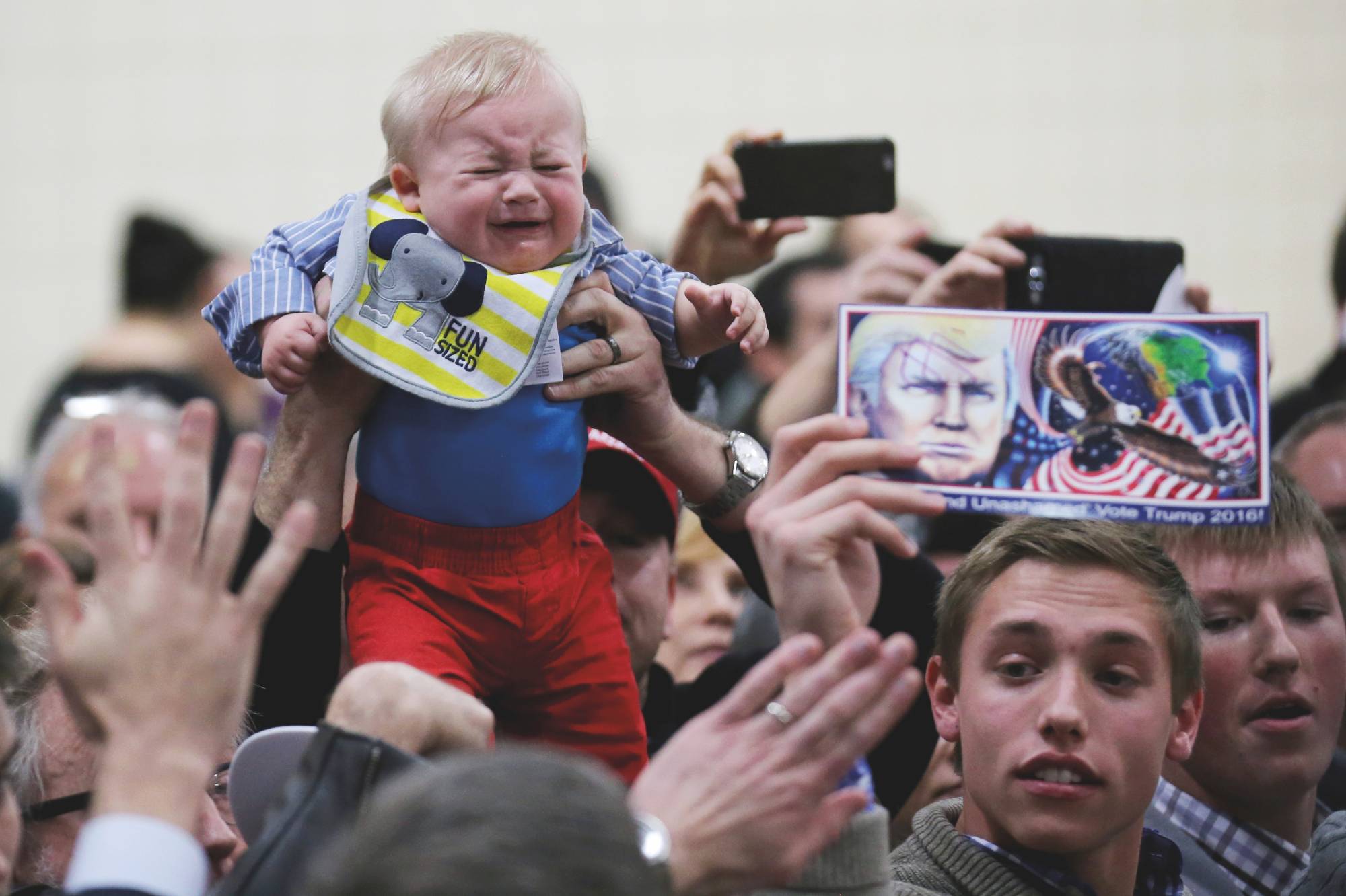We are almost two years into an unwanted experiment in what happens when national borders clang shut in a globally interdependent world. Cargo sits unclaimed at ports while container ships float offshore for weeks. Migrant workers are stranded. Rich countries hoard vaccines for future use when poorer ones need them immediately. What have we learned about nationalism and globalization that we can carry into a post-pandemic (if not post-COVID) future?
I pondered this question when I decided to drive around the United States in lieu of traveling abroad (owing to pandemic restrictions). The rural expanse of the American heartland is itself a somewhat foreign country to people like me — a nonwhite, college-educated city-dweller from the northeast. I drove past homemade billboards in cornfields denouncing abortion and protesting wind farms. I saw giant floodlit crucifixes looming over highways, and more Trump flags than I could count. Returning home 10,000 miles later, I recognized this particular America, at least superficially, swaggering through the Capitol on Jan. 6, streaked in red, white and blue face paint, waving Confederate flags, and chanting, “USA! USA!”
In a “normal” year, I would have spent some of January in India as a visiting professor at a university in Ahmedabad. In January 2020, I had watched aghast as Hindu-nationalist thugs stormed the campus of Jawaharlal Nehru University, menacing student opponents of the ruling Bharatiya Janata Party (BJP). Prime Minister Narendra Modi has made himself the face of an explicitly Hindu chauvinism, gazing smugly from billboards and sporting a new lockdown look as a long-haired ascetic.

















With your current subscription plan you can comment on stories. However, before writing your first comment, please create a display name in the Profile section of your subscriber account page.